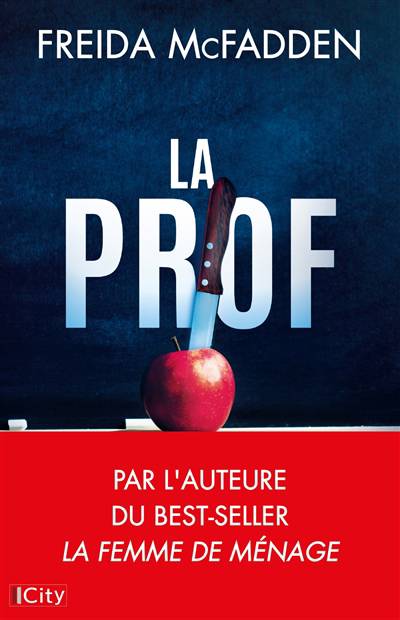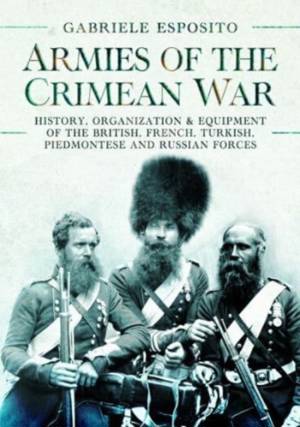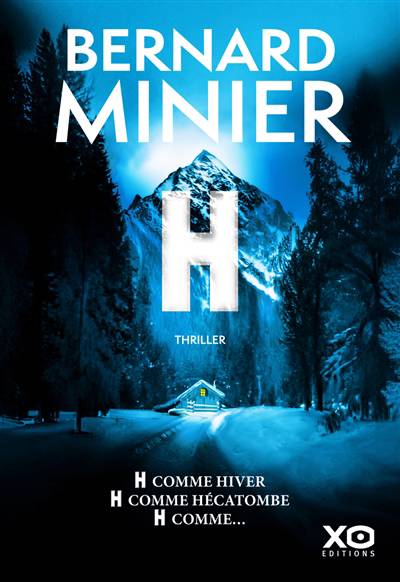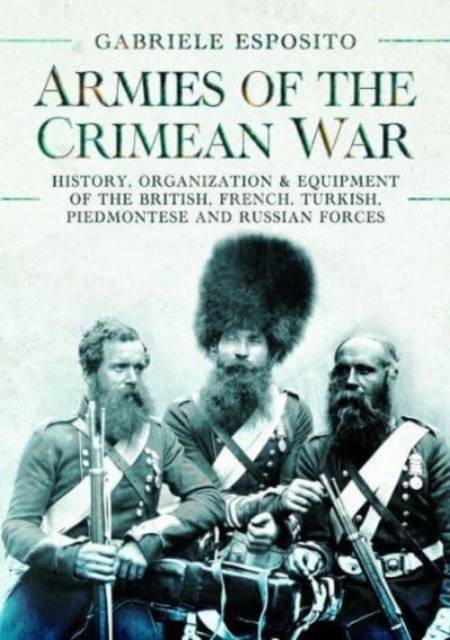
- Retrait gratuit dans votre magasin Club
- 7.000.000 titres dans notre catalogue
- Payer en toute sécurité
- Toujours un magasin près de chez vous
- Retrait gratuit dans votre magasin Club
- 7.000.0000 titres dans notre catalogue
- Payer en toute sécurité
- Toujours un magasin près de chez vous
Armies of the Crimean War, 1853-1856
History, Organization and Equipment of the British, French, Turkish, Piedmontese and Russian Forces
Gabriele Esposito
Livre relié | Anglais
34,95 €
+ 69 points
Description
Lavishly illustrated with over 100 illustrations that detail the composition, organization, uniforms, weapons and equipment of each force.
The Crimean War was the first major European war since the end of the Napoleonic Wars and Britain's only war on that continent in the century between Waterloo and WW1. When Russia invaded provinces of the Ottoman Empire, the British and French, later joined by the Kingdom of Piedmont-Sardinia, intervened to limit Russian expansion towards the Black Sea.
Each of the armies contained an eclectic mix of units. The regular European regiments still displayed much of the bright color and finery associated with the Napoleonic era (the British infantry in their scarlet tunics forming the famous 'thin red line' at Balaklava for instance), while each also contained a mix of exotic units drawn from across their respective empires. The French fielded Zouaves and Spahis from North and West Africa, not to mention the legendary Foreign Legion; the Ottomans had Tunisians and Egyptians alongside Balkan mountaineers and the infamous Bashi-bazouks; the Russians of course had their Cossacks and the British fielded little-known German, Swiss and Italian mercenaries. Gabriele Esposito details the composition, organization, uniforms and weaponry of each force and illustrates many of them with early black and white photos (this being the first major war for which photography was available), as well as numerous color artworks.
The Crimean War was the first major European war since the end of the Napoleonic Wars and Britain's only war on that continent in the century between Waterloo and WW1. When Russia invaded provinces of the Ottoman Empire, the British and French, later joined by the Kingdom of Piedmont-Sardinia, intervened to limit Russian expansion towards the Black Sea.
Each of the armies contained an eclectic mix of units. The regular European regiments still displayed much of the bright color and finery associated with the Napoleonic era (the British infantry in their scarlet tunics forming the famous 'thin red line' at Balaklava for instance), while each also contained a mix of exotic units drawn from across their respective empires. The French fielded Zouaves and Spahis from North and West Africa, not to mention the legendary Foreign Legion; the Ottomans had Tunisians and Egyptians alongside Balkan mountaineers and the infamous Bashi-bazouks; the Russians of course had their Cossacks and the British fielded little-known German, Swiss and Italian mercenaries. Gabriele Esposito details the composition, organization, uniforms and weaponry of each force and illustrates many of them with early black and white photos (this being the first major war for which photography was available), as well as numerous color artworks.
Spécifications
Parties prenantes
- Auteur(s) :
- Editeur:
Contenu
- Nombre de pages :
- 208
- Langue:
- Anglais
Caractéristiques
- EAN:
- 9781399089852
- Date de parution :
- 23-11-23
- Format:
- Livre relié
- Format numérique:
- Genaaid
- Dimensions :
- 173 mm x 246 mm
- Poids :
- 796 g

Les avis
Nous publions uniquement les avis qui respectent les conditions requises. Consultez nos conditions pour les avis.






